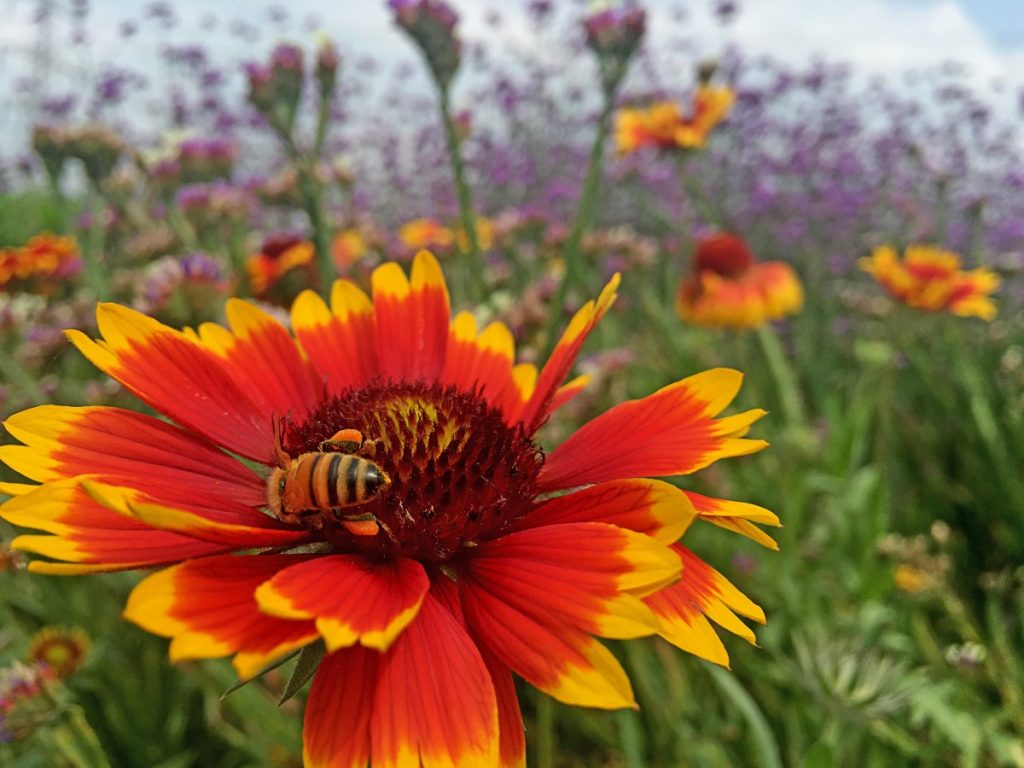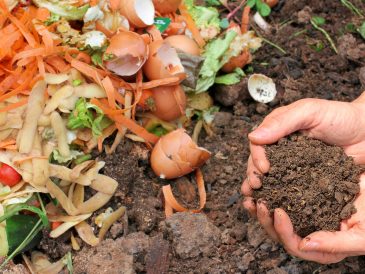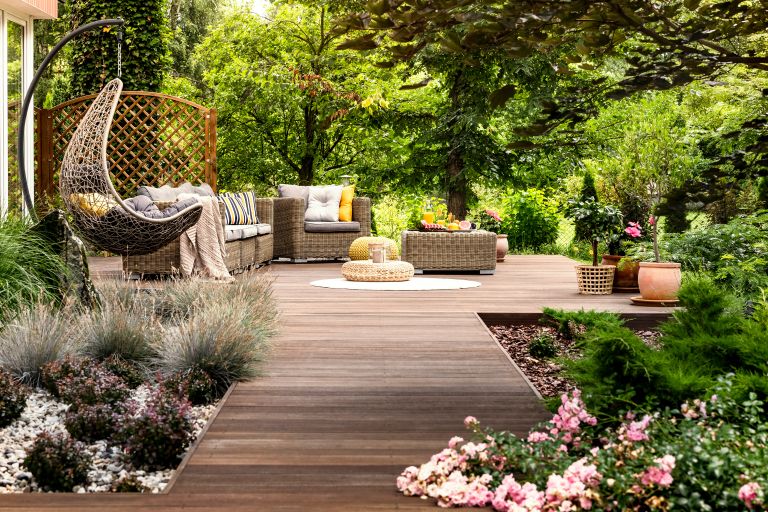Hey there, eh! If you’re a gardening enthusiast up here in the Great White North, you’ll know that there’s something truly special about sharing your garden with the local wildlife. Creating a space that invites birds, butterflies, and other creatures can add a touch of magic to your gardening experience. In this guide, we’re going to explore eight practical ways to attract wildlife to your garden, making it a haven for critters and a sanctuary for nature lovers like you, eh!
1. Native Plants for Local Wildlife
One of the most effective ways to attract wildlife to your garden is by planting native species. Native plants provide food, shelter, and nesting sites for local wildlife. They’ve evolved alongside the creatures in your area, making them a natural draw for birds, insects, and other critters.
2. Bird-Friendly Features, Eh!
Birdwatching is a beloved pastime in Canada, and your garden can become a hotspot for feathered friends. To attract more birds, consider adding bird feeders, birdbaths, and nest boxes. Different bird species have different preferences, so diversify your offerings.
3. Create Water Features
Water is a magnet for wildlife, especially during hot summer months. Adding a small pond, a shallow bird bath, or even a recirculating fountain can entice birds, insects, and amphibians to your garden. Be sure to keep the water clean and fresh.
4. Provide Shelter and Nesting Sites
Wildlife needs safe places to hide and nest. Plant shrubs, trees, and tall grasses to create hiding spots for birds and mammals. You can also put up bat boxes, birdhouses, and insect hotels to provide cozy homes for your garden guests.
5. Go Organic, Eh!
Avoid using chemical pesticides and fertilizers in your garden. Organic gardening practices promote a healthier ecosystem and prevent harm to the wildlife you’re trying to attract. Embrace natural pest control methods and compost to enrich your soil.
6. Pollinator Paradise

Bees, butterflies, and other pollinators play a crucial role in your garden’s success. Plant nectar-rich flowers like milkweed, coneflowers, and lavender to draw pollinators. Create a dedicated pollinator garden or section within your garden for these important creatures.
7. Offer Food Sources
Supplement your garden’s natural offerings with specific wildlife food sources. Hang suet feeders for birds, set out bowls of fresh water for drinking, and consider planting fruit-bearing trees or shrubs to provide a seasonal feast.
8. Embrace the Wild Side, Eh!
Don’t be too quick to tidy up your garden. Leave some areas a bit wild and overgrown, as they provide essential cover and nesting spots. An untamed garden corner can be the perfect refuge for wildlife.
Observation and Patience
Attracting wildlife to your garden is a journey that requires patience. Spend time observing the creatures that visit and adapt your garden based on their preferences. Keep a pair of binoculars handy to get a closer look at the avian visitors, and maybe even start a garden journal to document your garden’s wildlife story.
Conclusion
Creating a garden that attracts wildlife is a rewarding experience for any Canadian gardener. By planting native species, providing food, shelter, and water, and embracing organic gardening practices, you can turn your outdoor space into a haven for local wildlife. Whether you’re sipping your morning coffee while watching birds at the feeder or marveling at butterflies in the summer sun, your garden will become a cherished sanctuary for both you and the creatures that call it home. So, get out there and start making your garden a wildlife paradise, eh! Your efforts will not only benefit the critters but also connect you with the wonders of nature right in your backyard.





